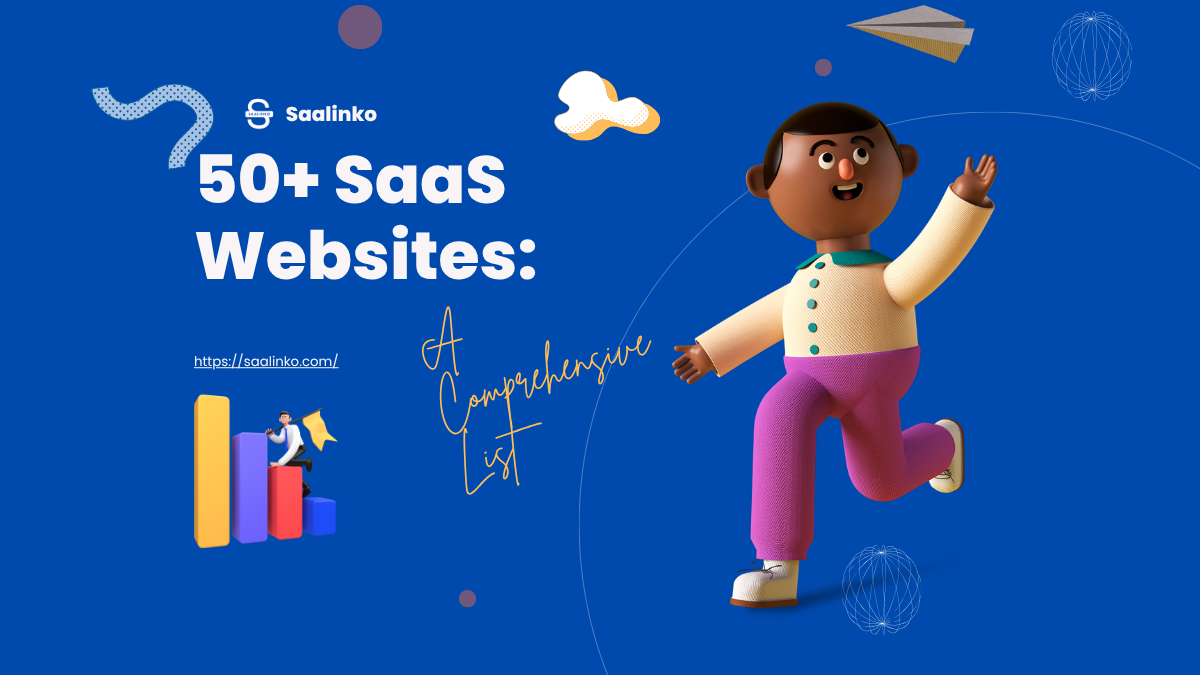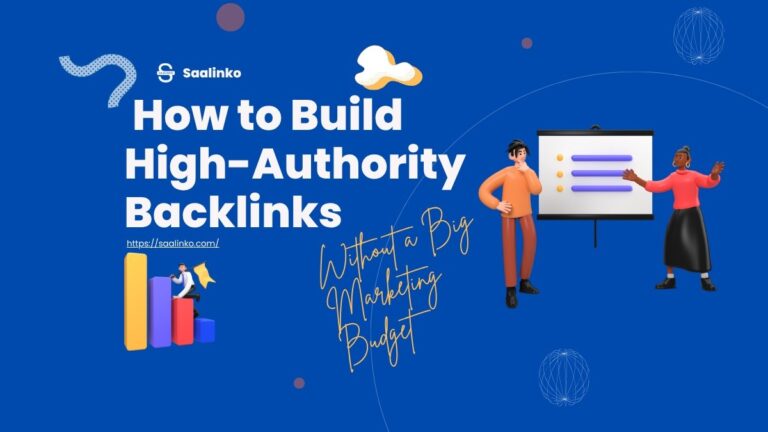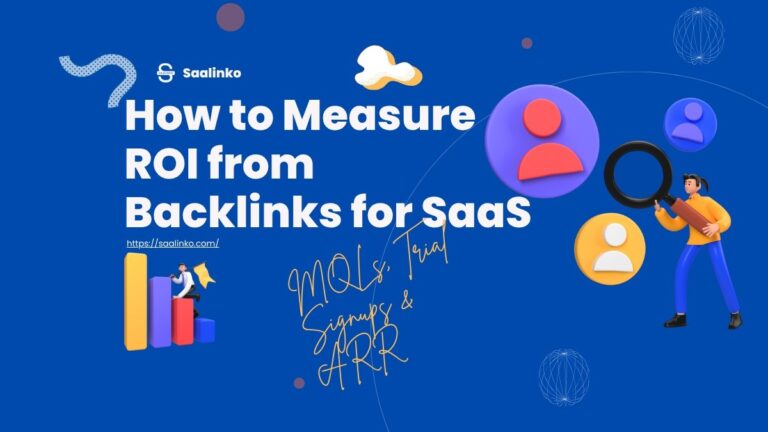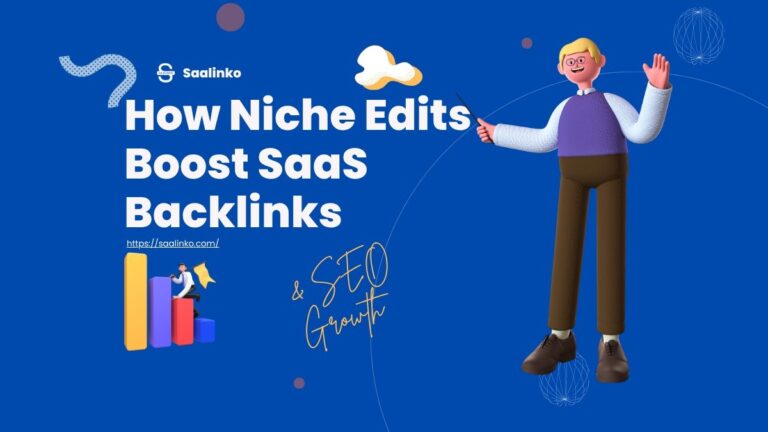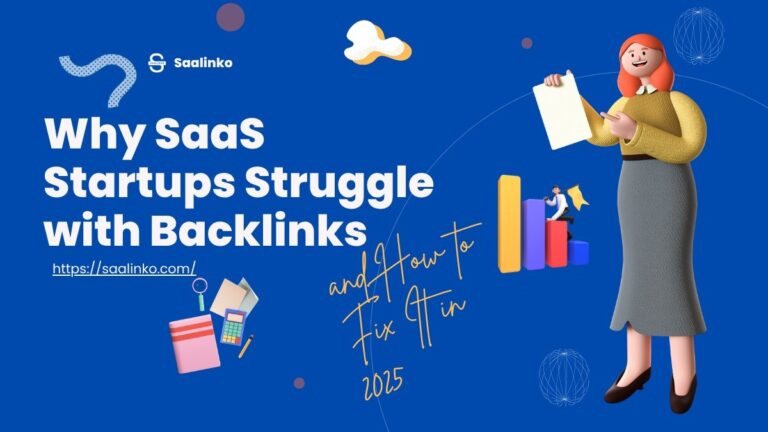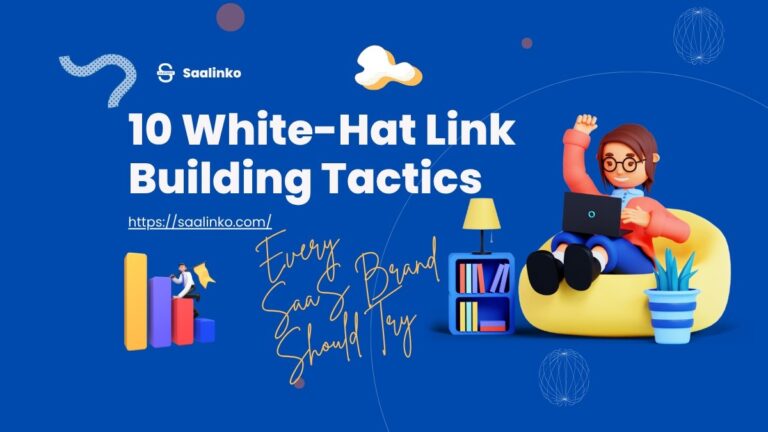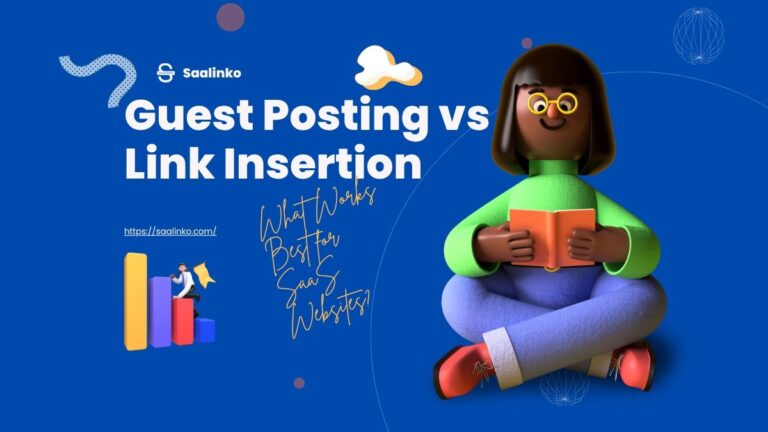Introduction
In today’s software-as-a-service (SaaS) landscape, businesses of all sizes rely on a diverse ecosystem of cloud-based tools. Whether you’re building a startup, scaling an SMB, or optimizing an enterprise stack, having a curated list of reliable SaaS platforms can save time, reduce vendor risk, and accelerate decision-making. This guide presents more than 50 SaaS websites across essential categories—CRM, marketing automation, collaboration, analytics, project management, accounting, customer support, product analytics, HR, and more. Each entry includes a concise description, typical use cases, and what to watch for when evaluating.
Why a categorized SaaS list matters
- Quick discovery: Find tools that fit your needs without endless browsing.
- Side-by-side comparisons: Use consistent criteria like pricing, scalability, integrations, and security.
- Vendor risk reduction: Diversify, but avoid over-proliferation by choosing strong core platforms.
- AI and automation emphasis: Many SaaS products now include AI features to accelerate workflows.
How to use this list
- Identify your primary need (CRM, marketing, collaboration, analytics, etc.).
- Note 2–3 must-have features or integrations.
- Scan the corresponding category to pick 2–4 top options to evaluate.
- Create a shortlist with a pilot or trial plan to test in your environment.
The list: 50+ SaaS websites across categories
CRM and Customer Experience
- Salesforce
- Core strengths: Sales cloud, Service cloud, customizable workflows, vast ecosystem
- Use cases: Enterprise-grade CRM, pipeline management, customer service
- HubSpot
- Core strengths: Free CRM core, marketing automation, unified contact records
- Use cases: Inbound marketing, sales enablement, customer lifecycle
- Zoho CRM
- Core strengths: Affordability, automation, multi-channel outreach
- Use cases: Small to mid-market CRM with pricing flexibility
- Pipedrive
- Core strengths: Visual sales pipeline, ease of use
- Use cases: SMB sales teams seeking a simple CRM
- Freshsales (Freshworks)
- Core strengths: AI-assisted lead scoring, integrated phone
- Use cases: Sales teams needing automation and communication tools
Marketing Automation and Email
- Mailchimp
- Core strengths: Email marketing, landing pages, basic automation
- Use cases: Small businesses building audiences and campaigns
- Marketo (Adobe)
- Core strengths: Enterprise-grade marketing automation, ABM
- Use cases: Complex campaigns, large-scale nurture programs
- ActiveCampaign
- Core strengths: Email, automation, CRM, sales automation
- Use cases: Customer experience automation for SMBs
- HubSpot Marketing Hub
- Core strengths: All-in-one marketing platform, tight CRM integration
- Use cases: Inbound marketing, content marketing, lead generation
- Sendinblue
- Core strengths: Email, SMS campaigns, transactional emails
- Use cases: Multi-channel marketing for SMEs
Collaboration and Productivity
- Slack
- Core strengths: Real-time messaging, channels, integrations
- Use cases: Team collaboration, remote work workflows
- Microsoft 365 (formerly Office 365)
- Core strengths: Document collaboration, email, calendar, apps
- Use cases: Enterprise collaboration and productivity suite
- Google Workspace
- Core strengths: Cloud documents, Gmail, Meet, drive
- Use cases: Cross-functional team collaboration
- Notion
- Core strengths: All-in-one workspace, notes, databases
- Use cases: Knowledge management, product docs, personal organization
- Asana
- Core strengths: Project and work management, timelines
- Use cases: Task tracking, project planning for teams
Analytics, BI, and Data
- Tableau
- Core strengths: Data visualization, interactive dashboards
- Use cases: Enterprise analytics and storytelling with data
- Power BI (Microsoft)
- Core strengths: Integrations with Microsoft stack, scalable analytics
- Use cases: Data-driven decision making across teams
- Looker (Google Cloud)
- Core strengths: Semantic modeling, modern BI
- Use cases: Data exploration with governance
- Amplitude
- Core strengths: Product analytics, user behavior insights
- Use cases: Product teams optimizing user flows
- Mixpanel
- Core strengths: Event-based analytics, funnels
- Use cases: Growth analytics for digital products
Customer Support and Success
- Zendesk
- Core strengths: Help desk, multi-channel support, knowledge base
- Use cases: Customer support operations
- Intercom
- Core strengths: Messenger-based support, automation
- Use cases: Live chat and customer engagement
- Freshdesk
- Core strengths: Help desk, ticketing, self-service portal
- Use cases: Support teams seeking cost-effective solutions
- Groove
- Core strengths: Simple help desk for small teams
- Use cases: Lightweight support workflows
- Zendesk Sunshine (cloud CRM)
- Core strengths: Open, flexible CRM on AWS
- Use cases: Integrated customer service experiences
Operations, IT, and Security
- Jira Software (Atlassian)
- Core strengths: Issue tracking, agile project management
- Use cases: Software development workflows
- ServiceNow
- Core strengths: IT service management, workflow automation
- Use cases: Enterprise IT operations
- Airtable
- Core strengths: Flexible databases, Kanban, forms
- Use cases: Lightweight app-building and data organization
- Monday.com
- Core strengths: Work operating system, automations
- Use cases: Cross-functional project tracking
- Zapier
- Core strengths: Workflow automation across apps
- Use cases: Connecting apps without coding
Accounting, invoicing, and Payments
- QuickBooks Online
- Core strengths: Accounting, invoicing, payroll integration
- Use cases: Small business financials
- Xero
- Core strengths: Bank reconciliation, simple accounting
- Use cases: Cloud accounting for SMBs
- Stripe
- Core strengths: Payments, subscriptions, developer-friendly
- Use cases: Handling online payments and billing
- Bill.com
- Core strengths: AP/AR automation, supplier payments
- Use cases: Financial operations optimization
- FreshBooks
- Core strengths: Invoicing and time tracking for service-based businesses
- Use cases: Freelancers and SMBs with service-based revenue
HR, Recruiting, and People Ops
- BambooHR
- Core strengths: HRIS, onboarding, performance
- Use cases: People operations for SMBs
- Workday
- Core strengths: Enterprise HR, planning, payroll
- Use cases: Large organizations with complex HR needs
- Lever
- Core strengths: Recruiting pipeline, candidate experience
- Use cases: Talent acquisition for growing companies
- Greenhouse
- Core strengths: Structured hiring, interview kits
- Use cases: Recruiting optimization
- Lattice
- Core strengths: Performance management, feedback
- Use cases: Employee performance and development
Developers, DevOps, and Collaboration for Engineers
- GitHub
- Core strengths: Source control, CI/CD, collaboration
- Use cases: Software development lifecycle
- GitLab
- Core strengths: End-to-end DevOps platform
- Use cases: CI/CD, project planning, security
- Bitbucket
- Core strengths: Source control, Jira integration
- Use cases: Code collaboration in Atlassian ecosystem
- Datadog
- Core strengths: Observability, monitoring, APM
- Use cases: Cloud infrastructure monitoring
- Snyk
- Core strengths: SCA, open source security
- Use cases: Secure development and dependency management
Design, UX, and Product
- Figma
- Core strengths: Collaborative design, prototyping
- Use cases: UI/UX design and design systems
- InVision
- Core strengths: Prototyping, collaboration
- Use cases: Product design workflow
- Miro
- Core strengths: Whiteboard collaboration, workshops
- Use cases: Remote workshops and brainstorming
- Notion AI (Notion)
- Core strengths: AI-powered notes and templates
- Use cases: Creative writing, product docs, knowledge bases
- Canva Pro
- Core strengths: Design tools, templates
- Use cases: Quick visual content for marketing and social
Data Storage, Cloud, and Infrastructure
- AWS (Amazon Web Services)
- Core strengths: Scalable cloud infrastructure, broad services
- Use cases: Cloud hosting, data services
- Google Cloud Platform
- Core strengths: AI, data, and app hosting
- Use cases: Cloud computing and ML workloads
- Microsoft Azure
- Core strengths: Hybrid capabilities, enterprise-grade services
- Use cases: Cloud and hybrid environments
E-commerce and Marketplaces
- Shopify
- Core strengths: E-commerce storefronts, payments, apps
- Use cases: Online store builders
- BigCommerce
- Core strengths: Scalable storefronts, built-in features
- Use cases: Growing online retailers
Miscellaneous and Newer Platforms
- Notion AI
- Core strengths: AI-assisted notes, automation
- Use cases: Content generation, knowledge management
- Airtable Scripting
- Core strengths: Custom scripting in Airtable
- Use cases: Advanced data workflows
- Pendo
- Core strengths: Product analytics, in-app guides
- Use cases: Product-led growth, user onboarding
- AppSheet (Google)
- Core strengths: No-code app building
- Use cases: Quick internal tools
- ClickUp
- Core strengths: All-in-one work platform
- Use cases: Task management, docs, goals
How to evaluate SaaS platforms effectively
- Integrations: Check critical integrations with existing tools (ERP, CRM, marketing, etc.).
- Security and compliance: Review data protection, encryption, SOC2, ISO 27001 where relevant.
- Pricing and total cost of ownership: Consider user-based vs. feature-based pricing, as well as add-ons.
- Scalability: Ensure the platform can grow with your team and data volume.
- Usability: Favor intuitive UX and reasonable onboarding requirements.
- Support and community: Look for reliable support channels and active user communities.
- AI capabilities: Assess how AI features actually improve productivity in your context.
Practical tips for building an AI-friendly SaaS stack
- Start with a core layer: Pick 2–3 essential tools (e.g., CRM, marketing automation, and data analytics) as the backbone.
- Leverage automation: Use tools like Zapier or native automation to connect apps and create cross-platform workflows.
- Implement governance: Establish data standards, naming conventions, and access controls to keep a clean stack.
- Periodic optimization: Review usage, consolidate underutilized tools, and sunset redundant apps.
Conclusion
The SaaS landscape is rich and continually evolving, with more than 50 notable platforms spanning every business function. A well-curated, category-organized list helps teams rapidly identify suitable tools, compare features, and plan a pragmatic implementation strategy. Whether you’re a founder assembling a lean tech stack or an IT leader orchestrating a scalable enterprise solution, the right combination of tools—and thoughtful integration—can drive efficiency, collaboration, and measurable business outcomes.

